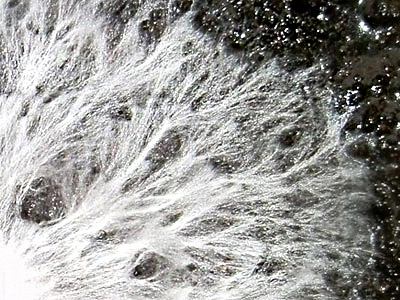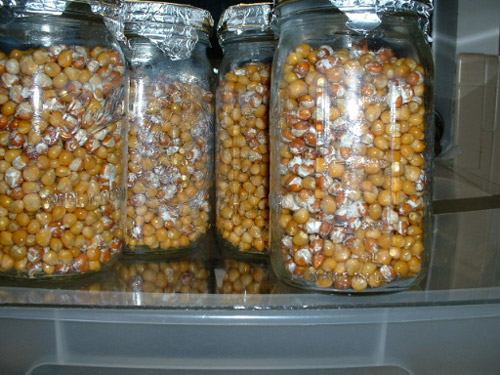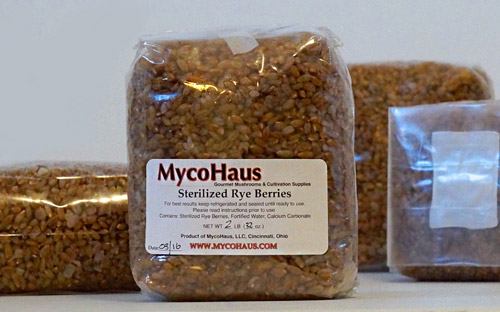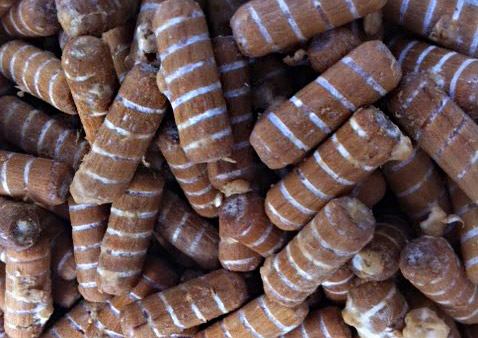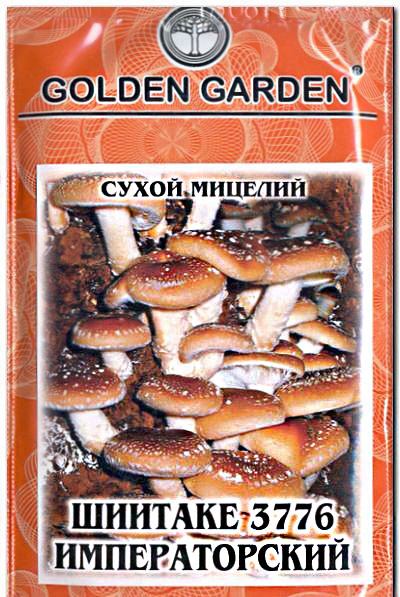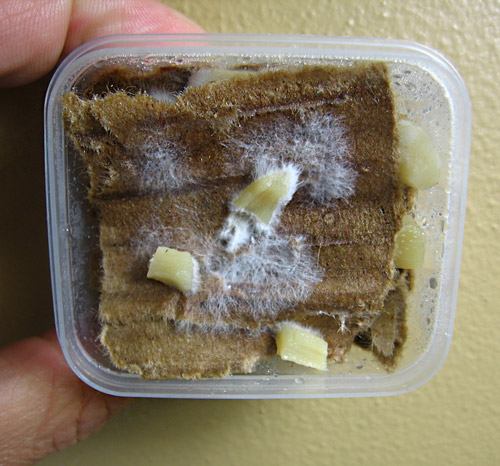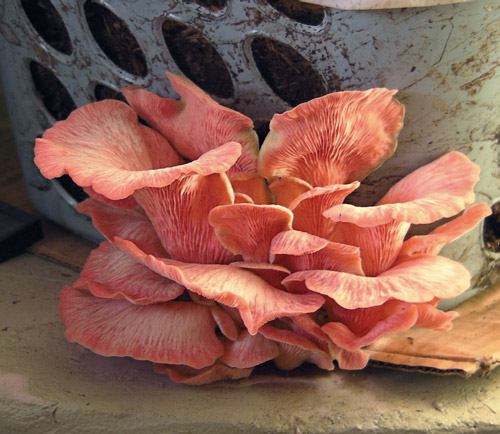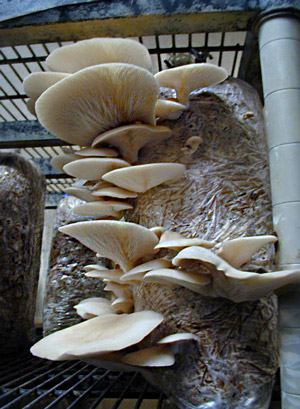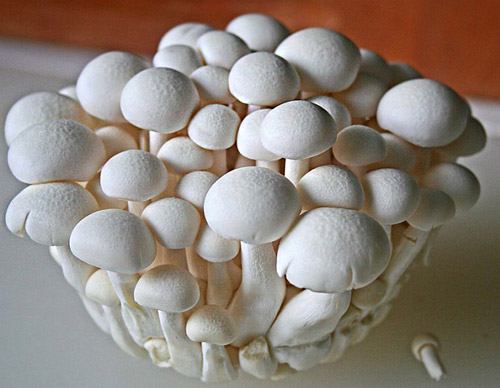What is spawn for mycelium? What types of spawn are there, and how do you choose and store them? There can be some confusion here—some sources refer to spawn as the substrate colonized by mycelium for future transportation and cultivation. Others call spawn the mycelium itself—the body of the fungus, pre-shredded and placed into the substrate for further colonization, but not both together.
I tend to think that spawn is the substrate colonized by mycelium, ready to be grown on straw, logs, cardboard, or whatever else… For more information on types of substrates for cultivation, read this page . Spawn is needed to transfer mycelium to these substrates.
Growing mushrooms from pure mycelium is not recommended. A specific amount of mycelium (which has already turned white on the substrate and is viable) can colonize much more substrate than raw mycelium, which still has to grow into the substrate. Spawn is easier to control, and you can be sure of the result if you see living mycelium in the spawn, rather than a raw mixture that may fail to grow for some reason. Next, let’s look at the pros and cons of different types of spawn.
Types of Spawn
Sawdust Spawn
Sawdust for mycelium is sterilized, usually from deciduous trees, preferably fruit trees. The size of the sawdust is several millimeters. Sawdust spawn can be used to colonize logs, open mushroom beds, straw, cardboard, and other substrates. Pressed dowels with mycelium are made from sawdust and driven into logs for growth .
 Sawdust spawn, already colonized by mycelium.
Sawdust spawn, already colonized by mycelium.
If sawdust were more nutritious, it would be the perfect spawn for mycelium. If you buy sawdust spawn, it likely contains bran or another nitrogen source. The main advantage of sawdust is its particle size. Because it’s small, the mycelium distributes more evenly and can colonize more substrate for mushroom cultivation. Sawdust spawn is not very popular in our area—grain spawn is much more common.
Grain Spawn
Sterilized rye, corn, wheat, or millet grains are colonized by mycelium. Grain spawn can colonize any type of substrate. Grains are much more nutritious than sawdust, so a handful of grains can multiply mycelium onto other grain spawns and beyond. However, grain spawn may not be suitable for outdoor cultivation—birds, and especially mice, will definitely detect the grains…
Mycelium Sticks
Mushroom sticks are made from sawdust and even mushroom stems. This method is very effective for colonizing logs, cardboard, wood chips—anything made from wood.
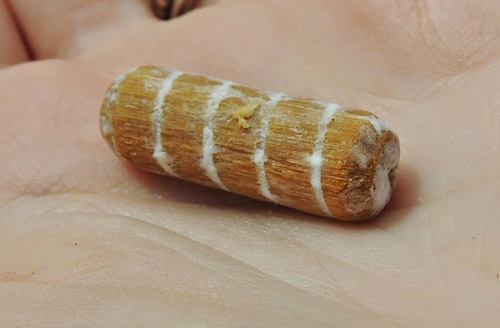 Mushroom stick made from pressed sawdust
Mushroom stick made from pressed sawdust
Other Types of Spawn
- Wood shavings mixed with bran.
- Pasteurized straw .
- Mycelium suspension.
Which spawn is best? The most important factor is that the type of spawn suits the substrate. If you have logs to colonize, use mushroom dowels. Mycelium has already adapted to the wood material, so its spores will quickly colonize the stump or log.
Sawdust spawn will colonize logs, bran-enriched sawdust, cardboard, and straw well.
Grain spawn is suitable for sterilized straw and sawdust. If you’ve chosen a mushroom species, do some research on the appropriate substrate. But, as a hint, common oyster mushrooms prefer straw or cardboard.
Buying and Storing Spawn
There’s currently a boom in mushroom cultivation. Buying spawn is easy—just search online for mushroom growers near you or those with the best reviews. It’s preferable to avoid shipping companies since the living mycelium is sensitive to temperature fluctuations, movement, light and darkness, air availability, and more…
There is also dry mycelium for sale in seed packets. But experienced mushroom growers don’t use these seeds—they say they colonize poorly, wake up very slowly, and so on. I’m breaking my own rules and providing a link to an external resource with an article about dry mycelium. I also noticed that no “dry” mycelium is sold on foreign websites.
Spawn should be fresh, without yellow spots. Mold and other fungi compete for nutrients, and mycelium itself produces waste that can poison it. Before buying mycelium, make sure everything is prepared.
Buying spawn is a good option for the first or second attempt, while you get used to the process or choose your favorite mushroom species. You may even consider selling your harvest. You can grow your own spawn, and I know how! In the next article, I’ll share in detail the recipe for homemade spawn on cardboard .
If you notice any errors in the article (about cultivation), please let me know in the comments. There is a wealth of information about mushrooms, much of it contradictory, so your help and advice are truly appreciated!
